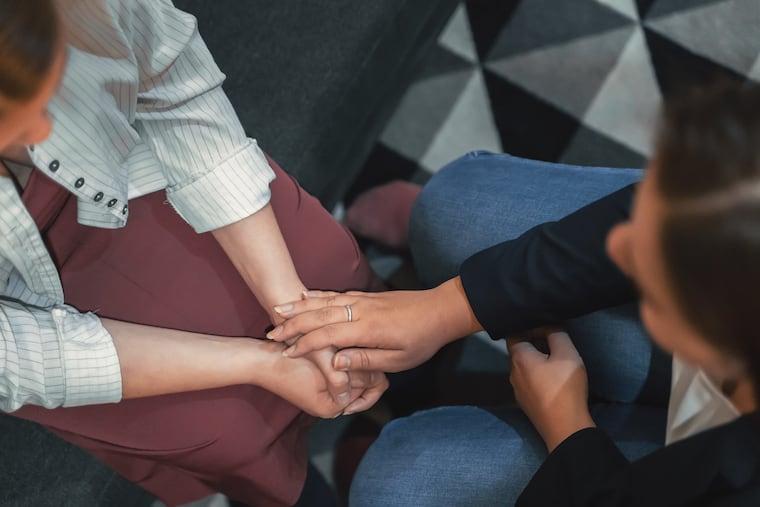Nearly one in four young adults received mental health treatment in 2021, CDC says
More U.S. adults are receiving mental health treatment as racial disparities persist.

More U.S. adults are receiving mental health treatment as racial disparities persist.
